Celebrating the treasures of Soviet, multistorey, concrete buildings and their enduring legacy
When traveling the former Soviet Union, one of the true pleasures in life is the opportunity of standing under the magisterial, architectural creations that gave us such joyous images of that sadly departed era. A recent visit to Ukraine, Moldova and Transnistria furnished me with the chance to revel in some fine examples of hi-rise construction. In case you are wondering, Transnistria is that delightful corner of south-eastern Europe most commonly refered to as, “where”? This unremarkable strip of land declared independence from Moldova after the fall of the USSR, to which the world responded with a resounding, “yeah, whatever” and it remained unrecognised by everyone, except Abkhazia. In case you are wondering, Abkhazia is an unremarkable strip of land which declared independence from Georgia, after the fall of the USSR that remained unrecognised by everyone except Russia.
The first two examples I would like to present are classic cases of an architect most considerately using up those a spare 15 minutes of time on a friday afternoon before going out to the pub, to knock out a symphony in concrete. After all, if a handful of horizontal and vertical lines, with a note saying etc etc is capable of creating iconic works of art, who are we to argue.
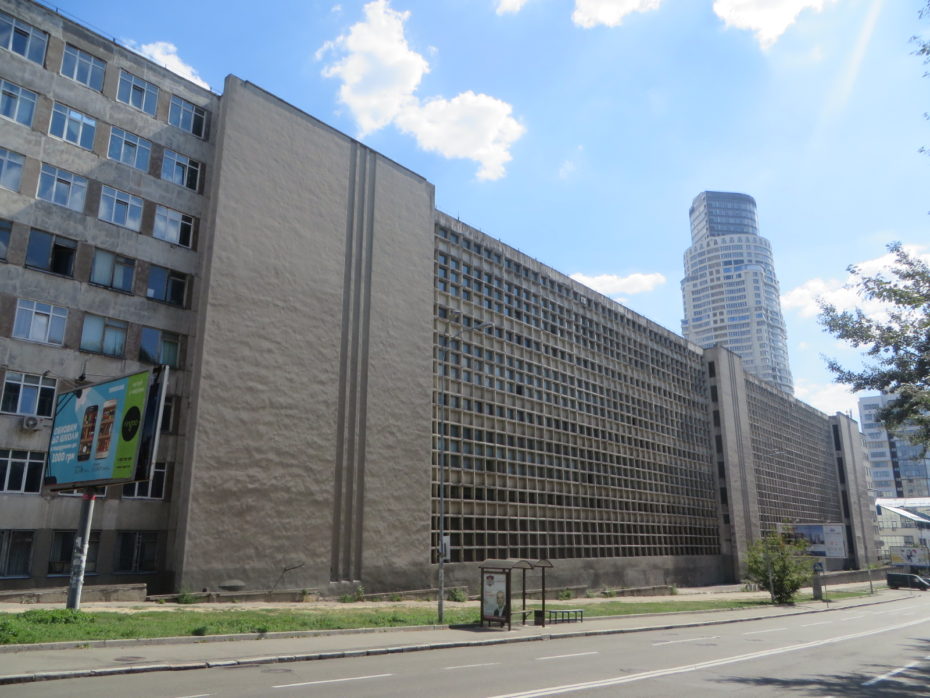
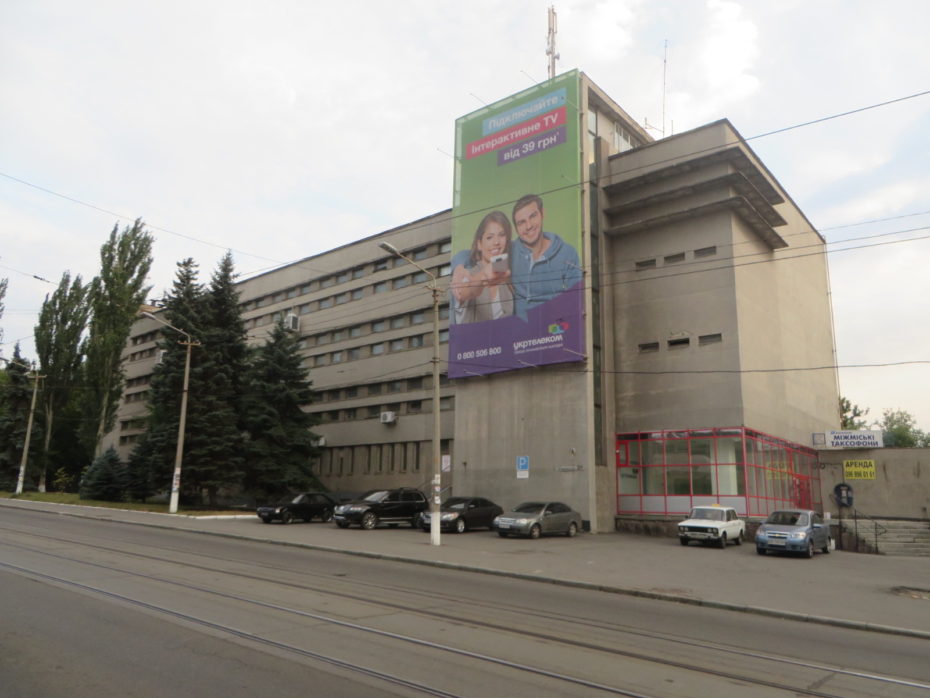
One only has to imagine the radiant, Monday morning smiles on the faces of workers as they contemplate yet another week’s work in these celebrations of greyness. Unfortunately in the second example some philistine has had the audacity to imagine that a bit of bright red and some colourful advertising could possibly improve on perfection. Quite why the authorities chose to relegate these masterpieces to the back streets of Kiev and Odessa respectively, remains a mystery, they could have easily knocked down some of those hideous, 19th century classical structures, with their gay colours, in the city centres to make way for these creations.
Chiasnau, the capital of Moldova was obviously a fertile proving ground for the creative use of concrete in the past as these next examples demonstrate.

What better way of accentuating the purity of form can there be than randomly bolting a load of old air conditioning units to the outside of an office block? One can only hope that the genius of lateral thinking who thought of this was given the country’s highest honour for cultural achievement by the president. Anything less would be a tragic omission.

We all like a building to make a grand statement and this one defiantly says, “UG”! Coming home to an apartment here after a hard days work must lift the spirits of any oppressed proletariat.
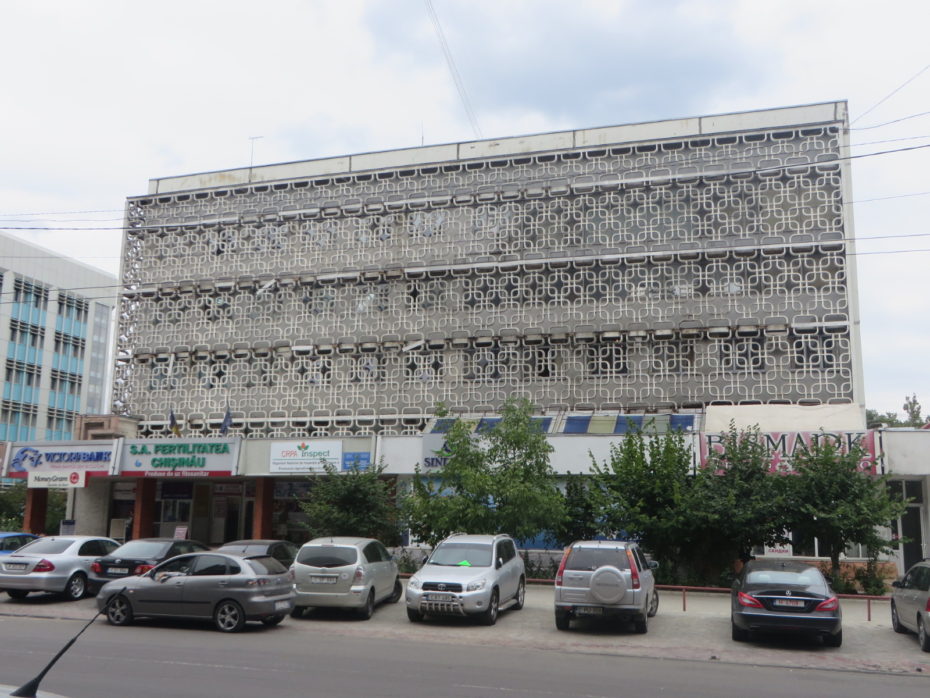
If there’s anything that adds to the triumph of repetitive, concrete shapes it’s 30 years of neglect. The Moldovans here show themselves to be true connoisseurs of the genre by dedicating intensive, long-term inactivity to the creation of a conceptual art masterpiece.
Transnistria has its own unique way of updating Soviet designs with modern additions.
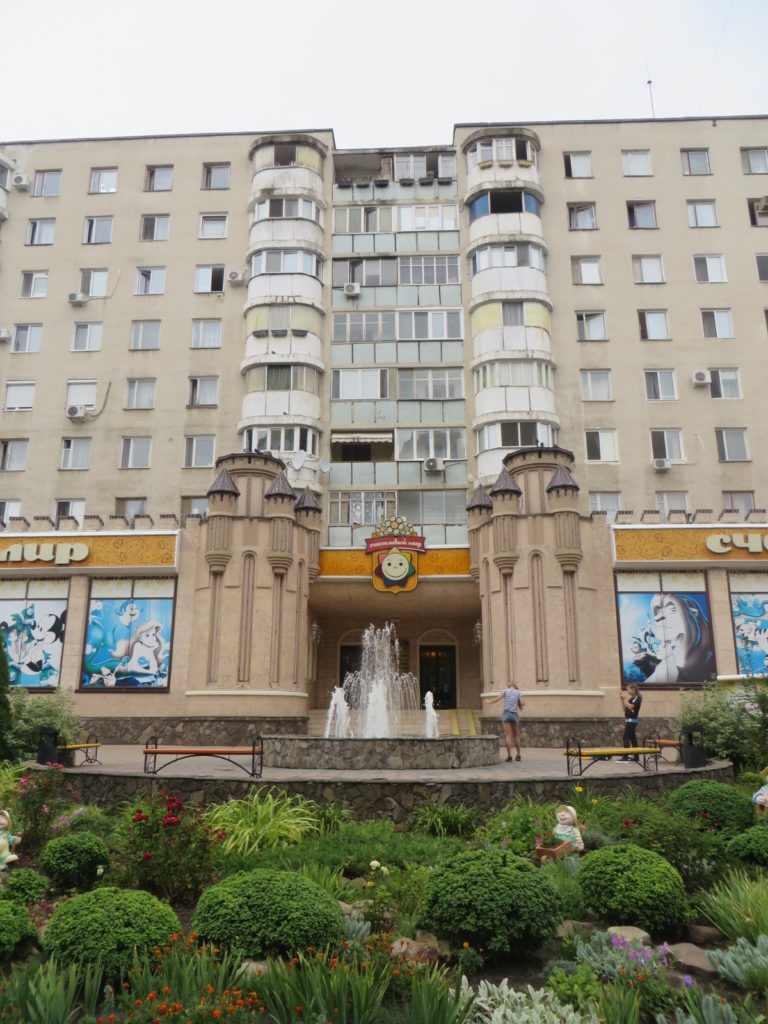
Here we see the bold counterpoint of a budget, Disneyesque, children’s toy store to a classic piece of budget 1950’s housing. So cleverly has it been carried out that it would take a keen, designer’s eye to spot the almost imperceptible join between the two forms.
Once in a while someone takes it upon themselves to ruin a perfectly acceptable design.
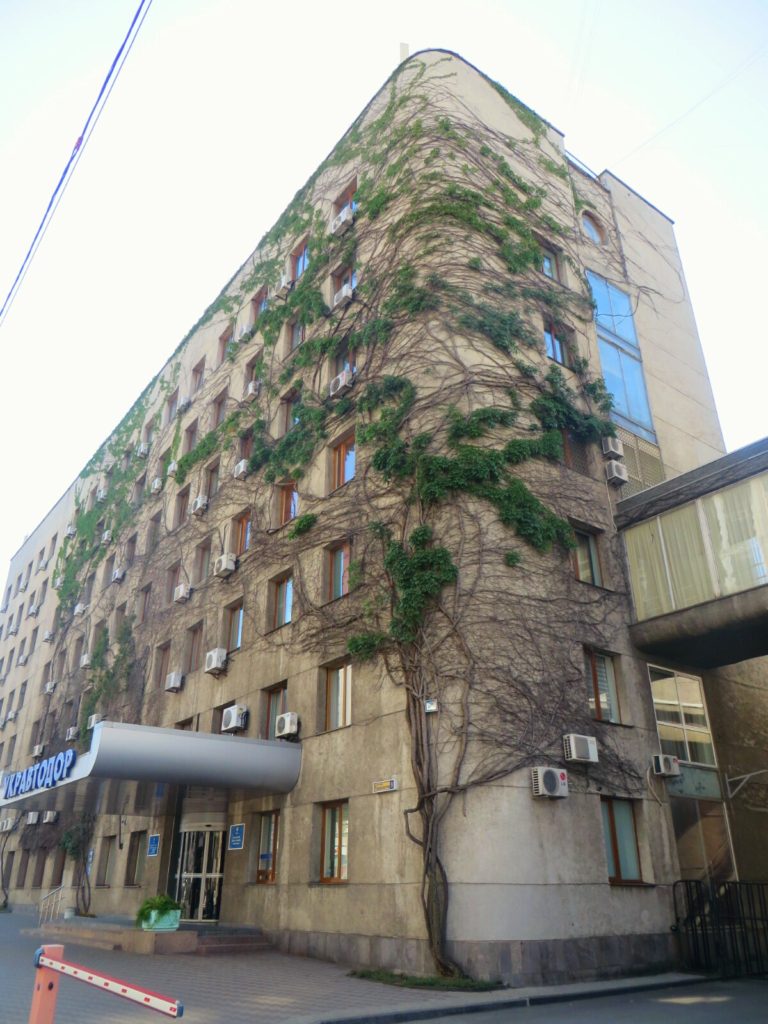
Why anyone would want to desecrate a wonderful, featureless slab of concrete by growing plants over it, is an absolute mystery. Surely the Kiev planning department has lapsed in its duty by not prosecuting the crass fool responsible for this grotesque error.
Once freed from the guiding hand of state control over design after the downfall of communism things went somewhat astray, as the following two examples from eastern Ukraine sadly reveal.
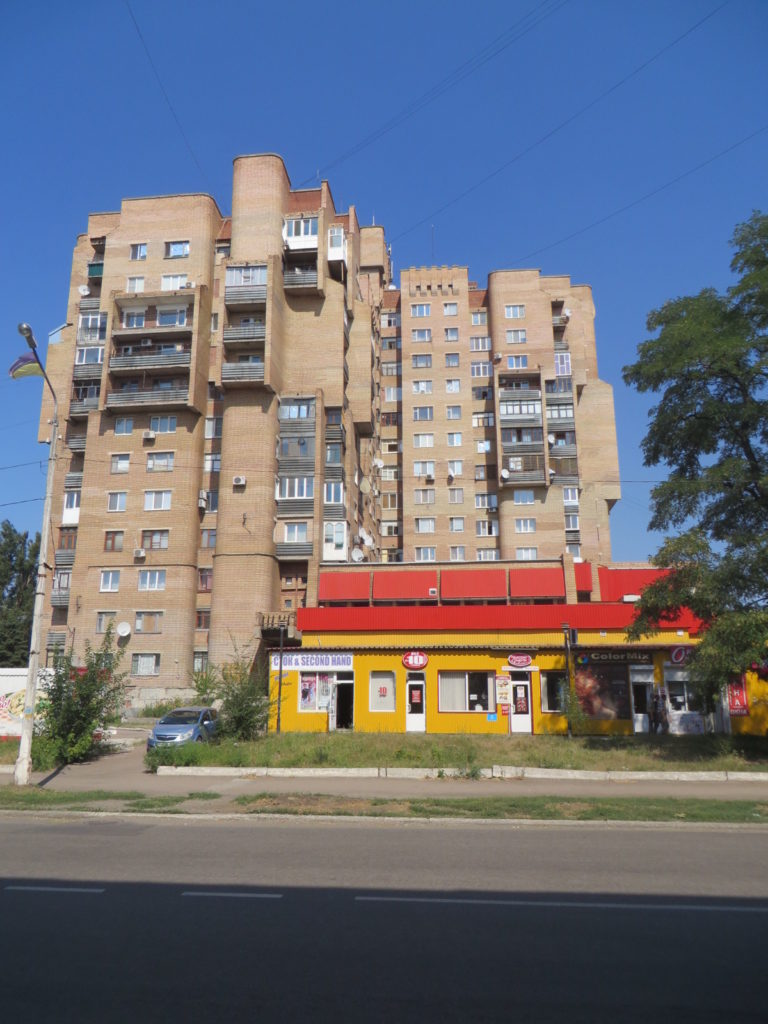
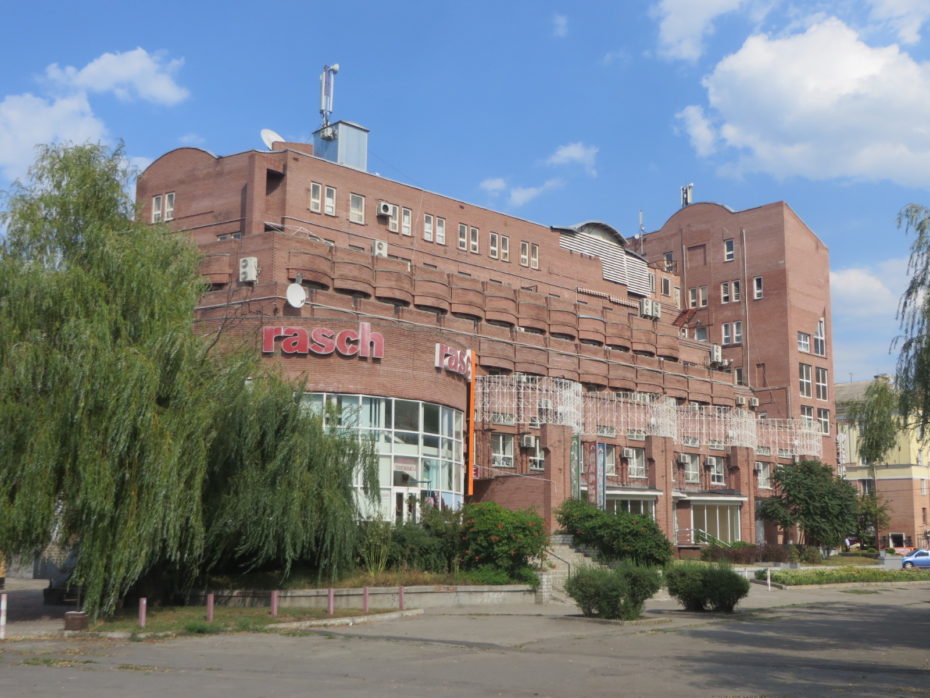
The long and noble tradition of the stylish use of brickwork in Russian architecture has been firmly grasped in these two instances, before chucking it in the bin and creating something with all the coherence of a street drinker who has found a crate of Beaujolais. Maybe the shock of the loss of Crimea and a large chunk of the east of the country at the hands of the Russian army will wake the government from their torpor and get back to the good old days of concrete that we all know and love.
Apparently the countries concerned possess things such as scenery, hillsides with trees on, old churches etc, but of course sensible people such as yourselves wont be wasting your time with boring stuff like that and I am sure you will all now be booking up your next summer holiday with a few weeks amongst the fascinating treasures of Soviet concrete.

The world - it aint like on the TV



